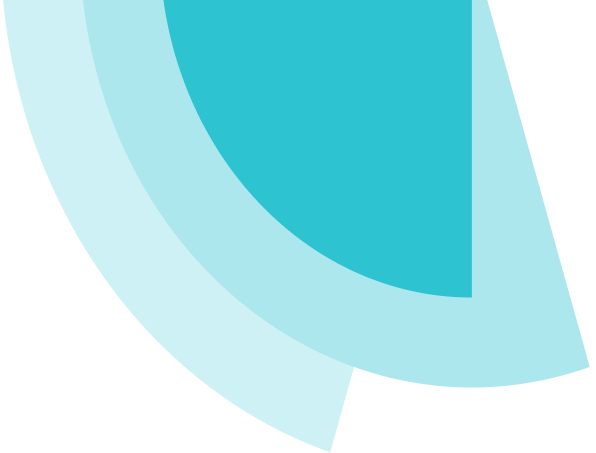When Michael Wienke, formerly a creative leader in B2C advertising, decided to pursue a master’s degree in Critical & Creative Thinking, his colleagues were perplexed.
They saw no reason for someone in Mike’s position to go back to school. He did it anyway, and as a result, he enriched—among other things—his understanding of how people collaborate in a virtual environment. Flash-forward 5+ years and one COVID-19 pandemic later: The value of his degree became especially clear when everyone was forced to work from home.
At that point, Mike was in his current role as the Director of Product Marketing for Mastercard Payment Gateway Services (MPGS)—a B2B arm of the company focused on digital commerce technology. And he was fervent in his belief that competitive intelligence could have a positive effect on all corners of the organization.
“For all the hardship that COVID has brought upon us, it’s made us more willing to find new ways of getting things done … I’ve been able to craft effective methods for bringing people together in this [remote work] scenario.”
In March 2020, Mike—who as a product marketer for MPGS is tasked with working on various initiatives in and amongst sales, marketing, product management, and more—was three months into his usage of Crayon for competitive intelligence collection and analysis. Regardless of which department they worked in, whenever he would show Crayon’s platform to a colleague, they would react with excitement and make remarks along the lines of, “this is going to revolutionize what I’m working on.”
Though the remarks were genuine, Mike knew it would be challenging to maintain that excitement and turn it into forward progress for MPGS’s fledgling CI program.
His initial attempt to grow adoption was essentially a series of one-to-one and small group meetings—an approach that made sense, given the success that product marketers often find by visiting stakeholders’ desks and engaging in informal conversation.
Mike eventually realized, however, that his strategy was not resulting in meaningful connections—and it wasn’t scalable, either. His remote colleagues were unable to see how Crayon could empower them to collaborate in a manner that was previously impossible. Plus, he couldn’t keep up the pace of one-to-one conversations with various team members.
He needed a new strategy—a new way of building momentum.

